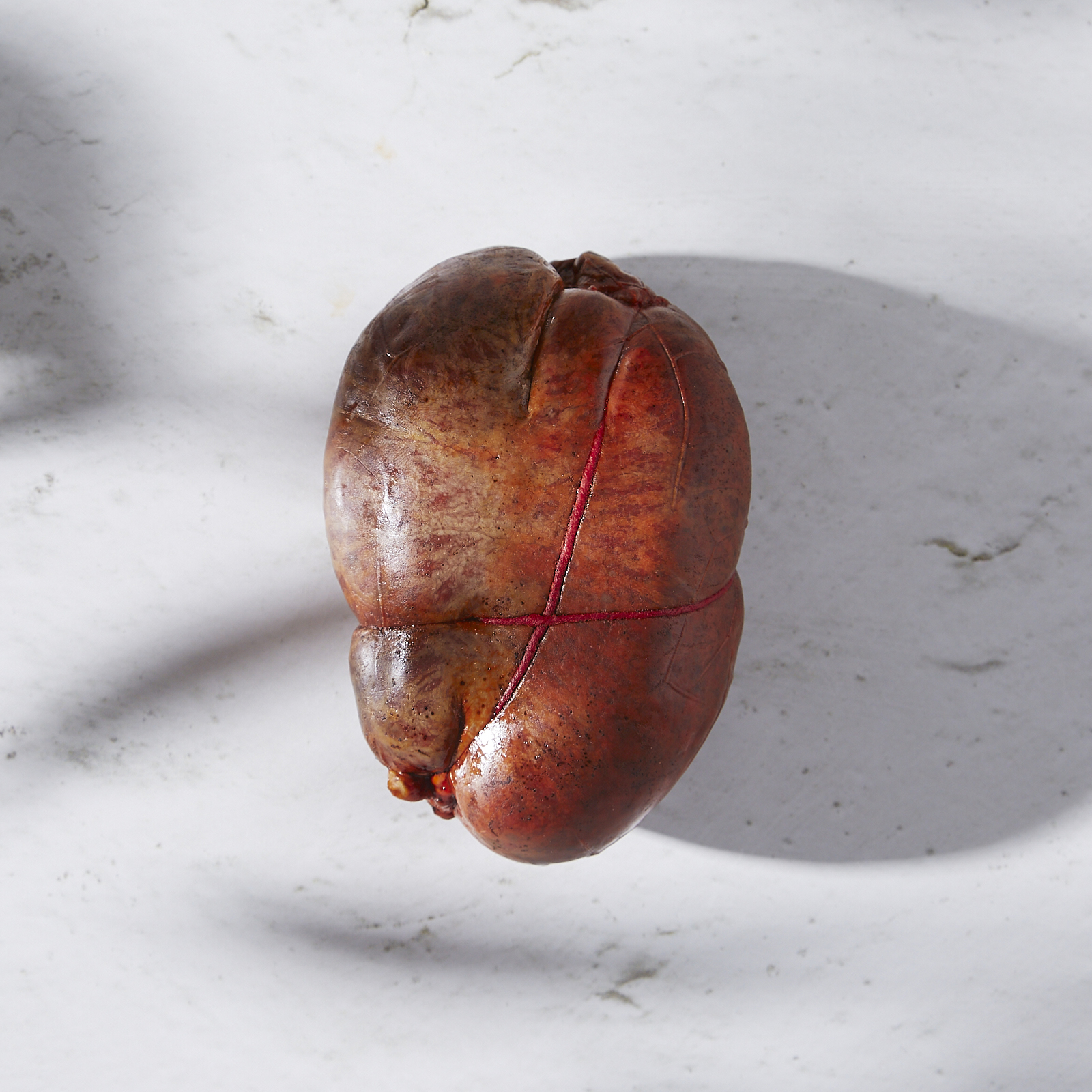THE HISTORY
Nduja was believed to have first been produced in the the beginning of the 1800’s in the small village of Spilinga. It’s thought that Italian pig farmers, avoiding food waste, would use the surplus parts of the pig such as the intestines, lungs and stomach, to make this sausage. The final touch is the fiery Calabrian chilli peppers along with other spices. All of these ingredients are stuffed into natural castings and left to cure.
The name ‘nduja’ is thought to derive from the French word “andouille” which refers to a type of sausage. The French connection links back to when Napoleon’s troops targeted Calabria at the beginning of the nineteenth century. The troops brought over a certain version of this sausage and the Calabrians added their own twist on it with different meats and the signature red chillies.
Traditionally, nduja was eaten by local Calabrian farmers and shepherds that relied on the high fat content and spiciness of the meat to get through the winters. This recipe was often a simple one where the farmers would typically enjoy the meat on bread or mixed into pasta dishes. Recently nduja has gained wider recognition and popularity around the world. It’s spicy, smokey flavours have gained the attention of chefs and foodies as well as its versatility in an array of dishes.

